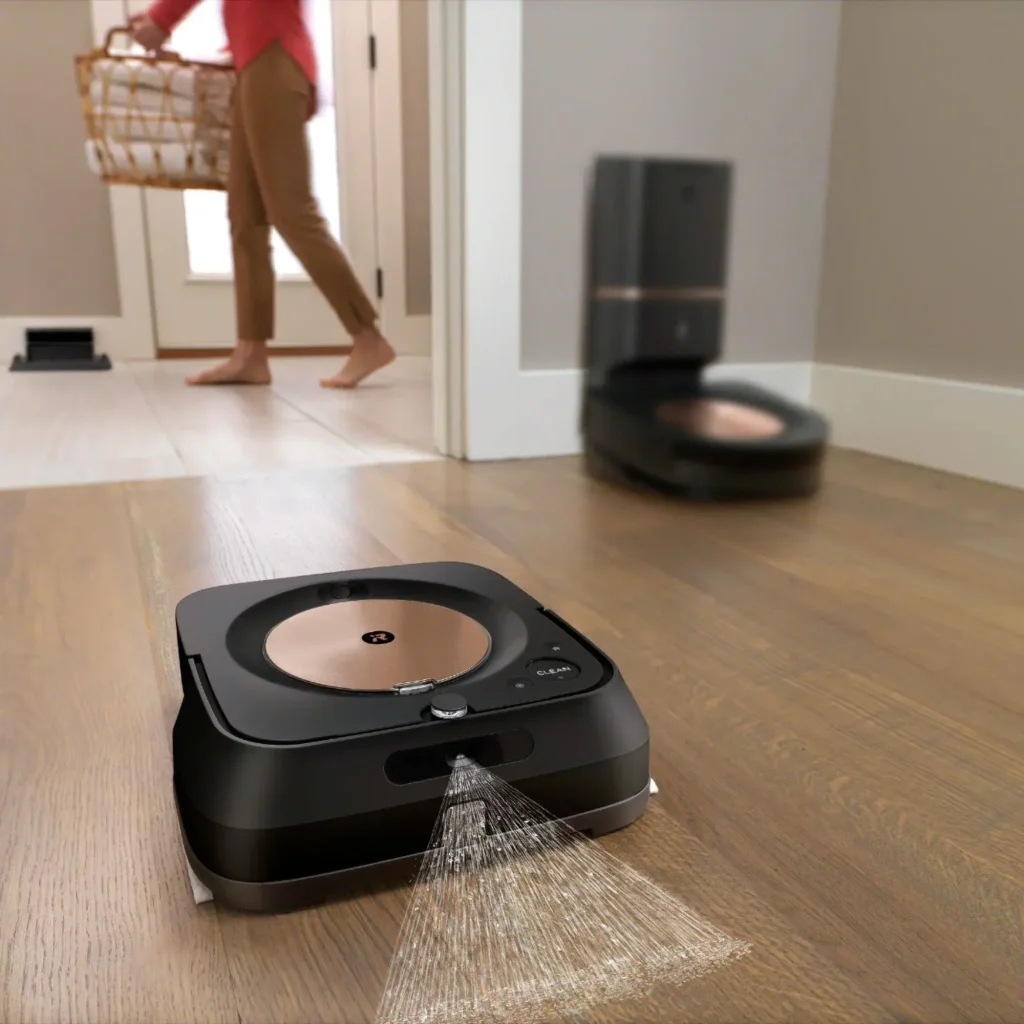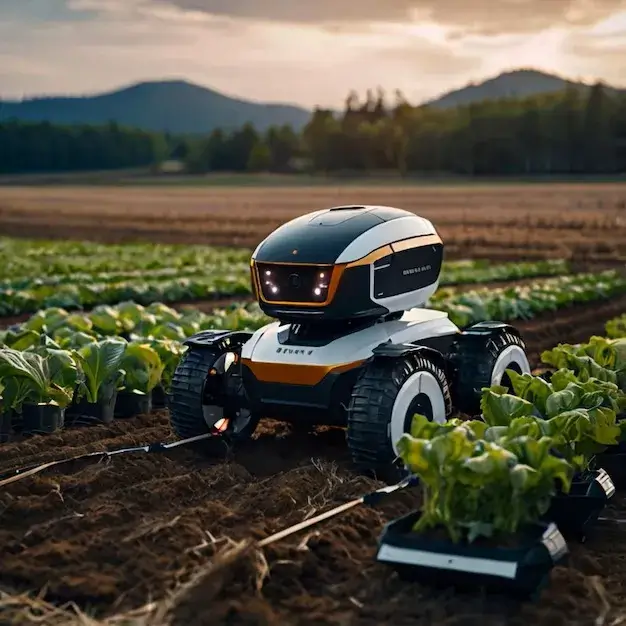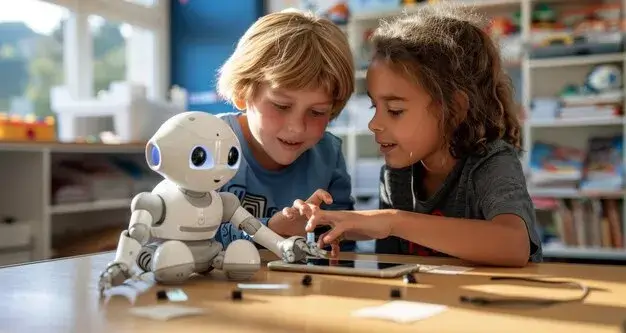Introduction
Technology is evolving fast, and one of the most exciting areas of progress is robotics. Today, robotics in everyday life is not just a concept—it’s a growing reality. From smart homes to healthcare and education, robots are becoming a helpful part of our daily routines. In this post, we’ll explore how robots are making life easier, safer, and more efficient for people around the world.
1. Smart Home Devices
One of the most popular examples of robotics in everyday life is the robotic vacuum cleaner, such as Roomba. These devices have revolutionized the way we keep our homes clean. Unlike traditional vacuum cleaners, robotic vacuums are autonomous. They can move around the home, detecting and avoiding obstacles like furniture or walls, and even return to their charging station when the battery is low.
These smart devices are equipped with sensors and advanced algorithms that allow them to efficiently map out the layout of your home. Some models can even be controlled remotely through a smartphone app, enabling you to schedule cleaning times or direct the vacuum to specific areas that need attention.
Not only do robotic vacuums save time and effort, but they also help maintain cleanliness on a regular basis, making them a staple in many modern homes. Over time, their technology continues to improve, with features like voice control, mapping, and even integration with other smart home devices like Alexa and Google Assistant.

2. Healthcare and Assistance
Robotics in everyday life is also making a big impact in healthcare. Robots are used in hospitals to help doctors during surgeries, making them more precise and less risky. For example, robotic arms can assist in delicate surgeries, allowing doctors to work with better accuracy.
In addition to surgeries, robots are helping take care of patients. Some robots can remind people to take their medicine, check on their health, or assist with mobility. There are also robots designed to help elderly people at home, offering companionship and support with daily tasks.
These robots make healthcare safer and more efficient, improving the quality of life for both patients and healthcare providers.

3. Retail and Customer Service
Robotics in everyday life is also changing the way we shop. In many stores and malls, robots are helping with customer service. These robots can greet customers, answer questions, and guide people to the products they’re looking for.
Some robots are also used for tasks like delivering products to customers or managing stock in the store. They can transport items, helping employees focus on other important tasks. This makes shopping faster and more efficient, improving the overall customer experience.

Agriculture and Farming
Robotics in everyday life is making farming easier and more efficient. Robots are now used to plant, water, and harvest crops. They can also monitor the health of the soil, making sure it’s in good condition for growing.
These robots help reduce the need for human labor, allowing farmers to focus on other important tasks. By using robots, farming becomes more efficient and can even help protect the environment by reducing the use of harmful chemicals.

5. Education and Learning
Robotics in everyday life is also helping in education. In classrooms, robots are used to teach subjects like coding, science, and math in fun and interactive ways. These robots make learning more engaging for students.
Robots also assist children with special needs by offering personalized learning. They can help these students learn at their own pace and in a way that suits them best, making education more inclusive.

6. Home Assistants
Robotics in everyday life also includes voice-controlled assistants like Alexa and Google Assistant. These smart devices use AI to help with daily tasks such as playing music, setting reminders, or controlling other smart devices in your home, like lights and thermostats.
They make life easier by responding to simple voice commands, allowing you to manage your home hands-free.

Conclusion
Robotics in everyday life is transforming the way we live, work, and learn. From smart home devices that save time to robots helping in healthcare, agriculture, and education, the impact of robotics is undeniable. As technology continues to evolve, robots will play an even bigger role in making our lives easier, safer, and more efficient.
Embracing these innovations not only enhances our daily routines but also opens up exciting possibilities for the future. Whether it’s through automation, assistance, or new ways of learning, robotics is here to stay and is shaping the future of everyday life.
